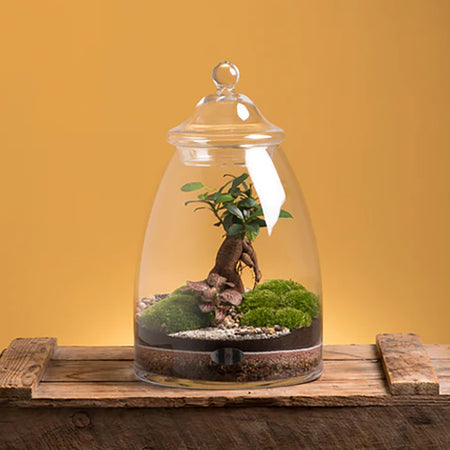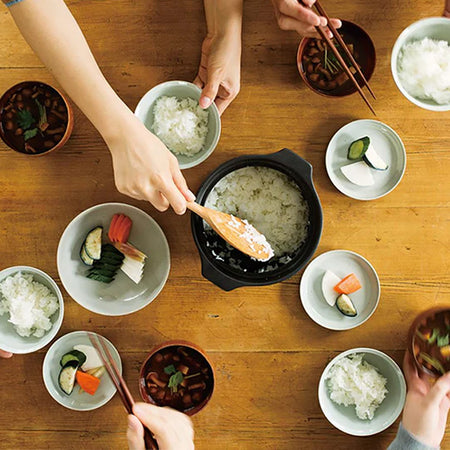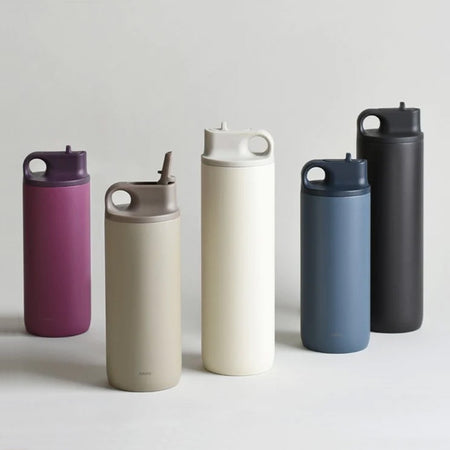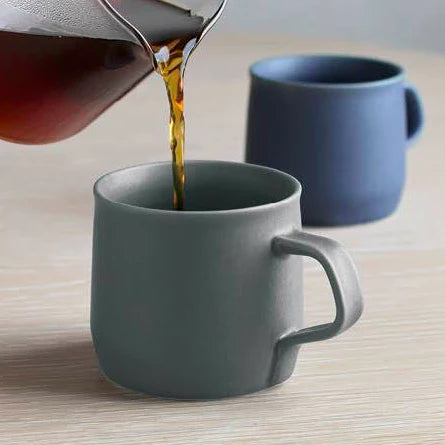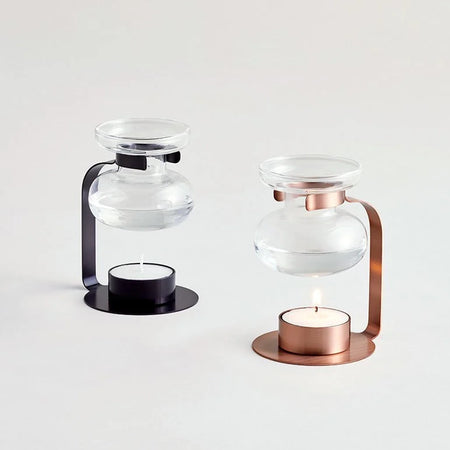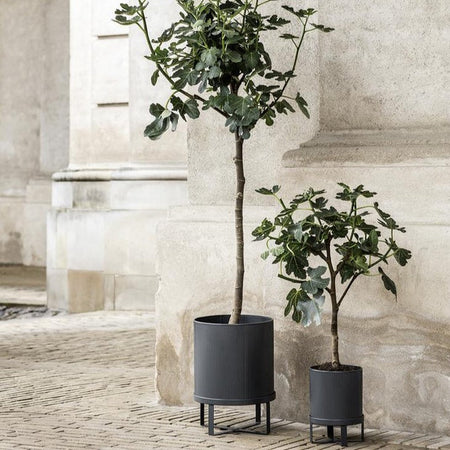1 of 1 Limited Edition
Andy Warhol famously appropriated familiar images from consumer culture and mass media, among them celebrity and tabloid news photographs, comic strips, and, in this work, the widely consumed canned soup made by the Campbell’s Soup Company. When he first exhibited Campbell’s Soup Cans in 1962, the canvases were displayed together on shelves, like products in a grocery aisle. At the time, Campbell’s sold 32 soup varieties; each one of Warhol’s 32 canvases corresponds to a different flavor. (The first flavor the company introduced, in 1897, was tomato).
Though Campbell’s Soup Cans resembles the mass-produced, printed advertisements by which Warhol was inspired, its canvases are hand-painted, and the fleur de lys pattern ringing each can’s bottom edge is hand-stamped. Warhol mimicked the repetition and uniformity of advertising by carefully reproducing the same image across each individual canvas. He varied only the label on the front of each can, distinguishing them by their variety. Warhol said of Campbell’s soup, “I used to drink it. I used to have the same lunch every day, for 20 years, I guess, the same thing over and over again.”
Towards the end of 1962, shortly after he completed Campbell’s Soup Cans, Warhol turned to the photo-silkscreen process. A printmaking technique originally invented for commercial use, it would become his signature medium and link his art making methods more closely to those of advertisements. “I don’t think art should be only for the select few,” he claimed, “I think it should be for the mass of the American people.”
Though Campbell’s Soup Cans resembles the mass-produced, printed advertisements by which Warhol was inspired, its canvases are hand-painted, and the fleur de lys pattern ringing each can’s bottom edge is hand-stamped. Warhol mimicked the repetition and uniformity of advertising by carefully reproducing the same image across each individual canvas. He varied only the label on the front of each can, distinguishing them by their variety. Warhol said of Campbell’s soup, “I used to drink it. I used to have the same lunch every day, for 20 years, I guess, the same thing over and over again.”
Towards the end of 1962, shortly after he completed Campbell’s Soup Cans, Warhol turned to the photo-silkscreen process. A printmaking technique originally invented for commercial use, it would become his signature medium and link his art making methods more closely to those of advertisements. “I don’t think art should be only for the select few,” he claimed, “I think it should be for the mass of the American people.”
132mm x 132mm Glazed Ceramic Tile
Medium-sized tile and standard offer. A shiny, uneven surface that has a handcrafted look. Recommended for Indoors Use. Bathroom safe.
Technical specifications
Base Specifications
| Property | Value |
|---|---|
| Material | Ceramic |
| Usage | Internal Wall |
| Size | 132 x 132 mm |
| Thickness | 9.5 mm |
| Finish | Gloss |
| Shade Variation | Uniform |
Physical Properties
| Technical Characteristics | Industry Standards | Value |
|---|---|---|
| Water absorption | BS EN ISO 10545-3 | 10% to 20% |
| Modulus of rupture | BS EN ISO 10545-4 | ≥ 15 N/mm² |
| Breaking strength | BS EN 150 10545-4 | ≥ 600 N |
| Thermal shock resistance | BS EN ISO 10545-9 | Resistant |
| Crazing resistance | BS EN ISO 10545-11 | Resistant |
| Chemical resistance | BS EN ISO 10545-13 | Min Class B |
| Stain resistance | BS EN ISO 10545-14 | Min Class 3 |
| Reaction to fire | - | Class A1 |

